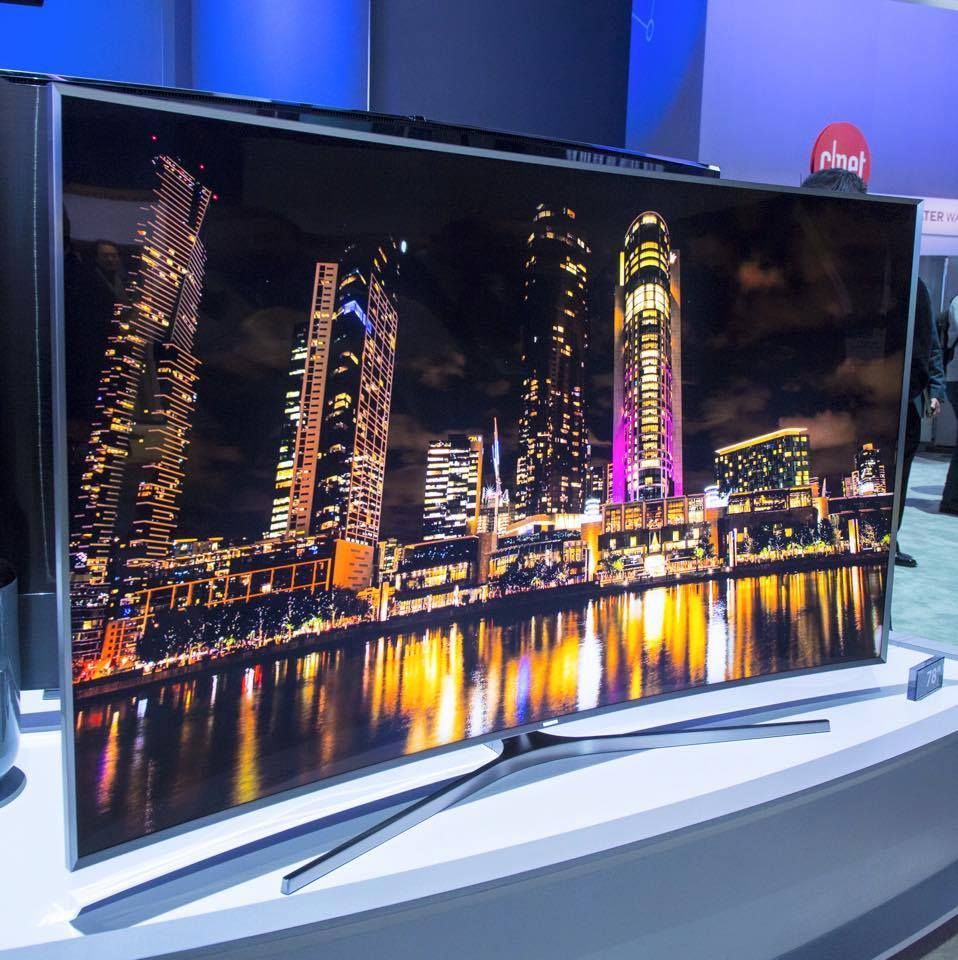4 Advantages of Curved TVs

When curved TVs were first introduced to the market by Samsung and LG, the new designs were questioned as being more about the hype and gimmickry of a new shape than about delivering a next-level viewing experience. While the never-before-seen concave TVs attracted a lot of attention even without displaying a picture, the manufacturers' insistence that the curved screens deliver a superior viewing experience is now receiving scientific support in terms of visual benefits and advantages versus flat screens, including,
1) Minimized reflections – At their brightest, on-screen reflections can create the illusion of "holes" in the picture where images are completely obscured, while less intense reflections tend to fade dark hues and blacks. Curved screens, on the other hand, reduce the number and scope of reflections, resulting in enhanced contrast and the precise display of dark images.
2) A greater sense of immersion – The curvature of the screen does a better job of spanning to the edges of viewers' visual fields, which enhances the perception of surrounding imagery. Immersion is also enhanced by the fact that the curvature of the screen more closely reflects the way in which people view the real world, versus the 2 dimensions delivered by a flat screen. The perception of being surrounded by imagery can also lead to the perception that the screen is larger than it actually is.
3) Greater equalization of the viewers' distance to the full width of the screen – On a flat screen, images tend to become distorted at the edges due to their increased distance from viewers seated at or near the center of the screen. By turning the outer edges in, a curved screen equalizes the distance and brings the audiences' viewing angle closer to perpendicular which results in a sharper imagery across the full width of the screen.
4) Reduced image distortion for viewers seated off-center from the screen – Sitting off-center brings images on one side of the screen closer to viewers while images on the other side are seen from a greater distance. In these situations, the images on the near side of the screen will look much larger than those on the far side, even if they are actually the same size when viewed at an equal distance. Turning the screen edges in tends to alleviate this form of visual distortion.
Curved TVs deliver a lot more than just hype and gimmickry and represent another step toward fully immersive home theater systems. In fact, when surrounding images are paired with a surround sound audio system, the challenge may be to not feel immersed in the experience.
Source...
